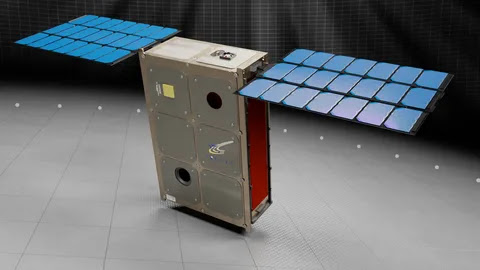The Automated Liquid Handling System Is A Multipurpose Lab Tool Designed To Sample, Mix, And Combine Liquid Samples Automatically.
.webp) |
Automated Liquid Handling Systems |
Automated
liquid handling systems are multifunctional instruments created to
carry out a variety of tasks in laboratories, including automatically
collecting, combining, and mixing liquid samples. By performing a number of
laboratory tasks, the automated liquid handling system facilitates the removal
of sample contamination and decreases the manual work of lab personnel. These workstations
have the capacity to measure samples, add reagents, and guarantee the
consistent addition of liquids to bioassays. The volume of samples that can be
handled varies between liquid handling workstations, and they are available
with a variety of integrated software to preserve the footprint of the
operations completed by these instruments.
The volume of the fluid or liquid is the typical problem
with the conventional liquid handling system. As a result, automated liquid
handling systems are being widely used in laboratories to reduce processing
time and eliminate errors. One of the main causes of the rising use of Automated liquid handling systems is
the increase in vaccine production. Due to the prevalence of infectious
diseases, pharmaceutical corporations are increasingly investing in the
creation of vaccines. Before investing in automated liquid handling systems,
buyers should take into account a number of crucial criteria, including
adaptability and flexibility, volume range capabilities, the capacity to handle
samples of various viscosities, and contamination control.
Automated liquid handlers' equipment is frequently utilized
in lab automation due to the flexibility and adaptability of automation
systems. Through effective dispensing of dead volumes, they decrease processing
time and the potential for sample contamination. Liquid handlers are useful in
dispensing operations because they can handle volumes as small as Nan liters.
There are several different types of Automated
liquid handling systems available. They are pipetting devices with
either/or a combination of fixed and disposable tips that are air-based or
liquid-filled. When bio analytical sample volumes are low, automation platforms
with liquid detection devices record aspiration activity and provide
assistance. Additionally, there is a demand for speed in sample analysis due to
the numerous clinical and pre-clinical investigations that are expanding
quickly across the globe, notably in the United States.
Clinical study equipment runs continually and needs a
sizable staff to assure proper operation. The need for early treatments and
diagnosis is also increased by the quick spread of already-known diseases and
the discovery of novel ones. This is anticipated to accelerate the adoption of
automated liquid handlers by increasing the rate of clinical diagnostic
application.
For the development of innovative therapies that provide significant medical advantages, research and development activities have increased significantly along with significant financial commitments. Given that only 12% of the medications used in clinical trials are accepted by the U.S. FDA, the number of approved drugs is notably high and continues to rise. This is a sign of the expanding R&D efforts in the pharm sector, which are expected to develop in the near future. The demand for fluid handling systems is rising in tandem with the expansion of research activities since these tools are essential for accurately dispensing liquid sample amounts.



Comments
Post a Comment